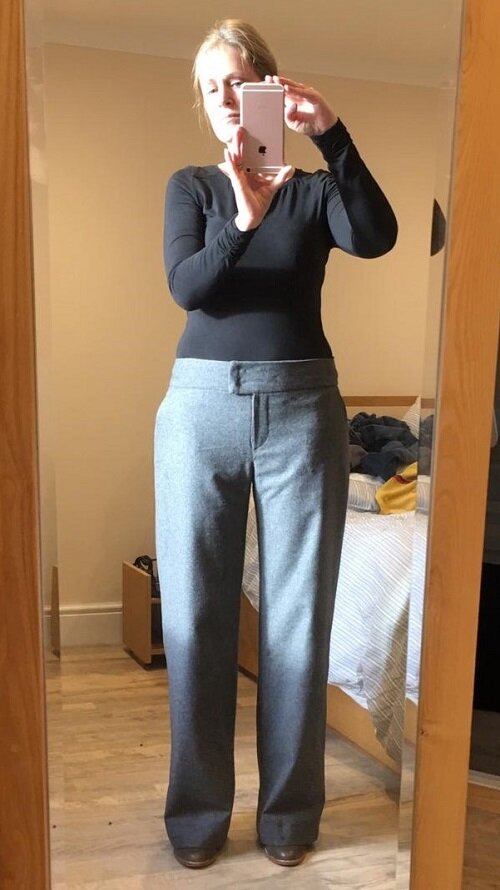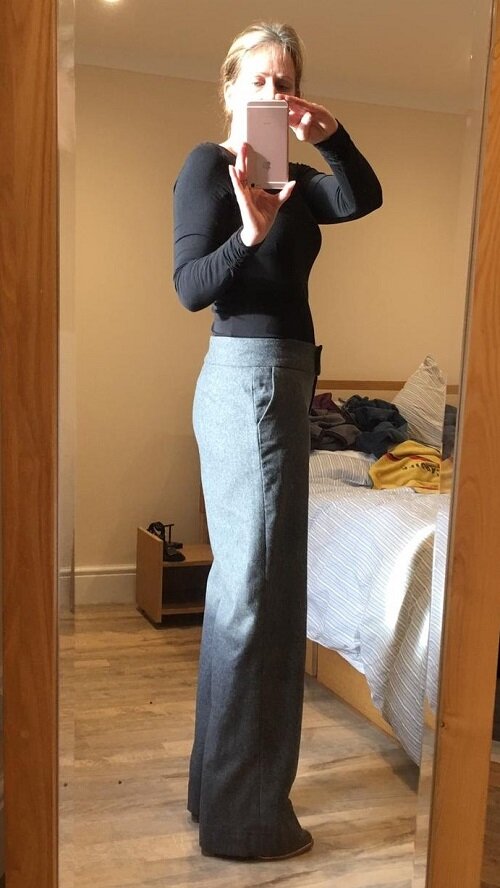Improvers Sewing Course
This course is designed for anyone who wants to get a bit better at making garments. The emphasis is on increasing understanding through both discussion and doing. You will create your own library of samples and worksheets to refer to when you are making future sewing decisions at home. You will also work on your project of choice – anything you like as long as it stretches you!
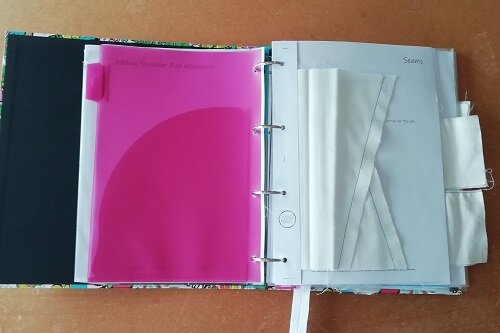
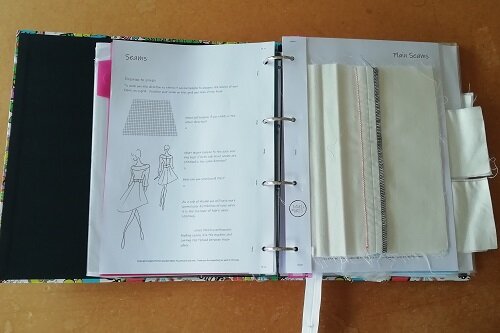
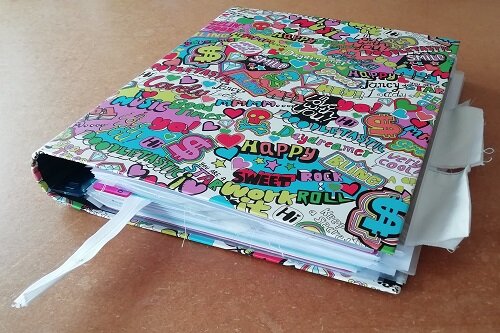
Day One is about seams. We will discuss what are they for? What do they do? How do you decide which is the best seam construction for the garment?
Day Two is all about zips. After four different methods of putting in zips pretty much all bases are covered for any zip you come across in your future sewing. You will also learn how to create beautiful darts.
Day Three is all about hems. Every garment has one and the secret to success is not noticing it! We’ll go through how to work out how deep your hem should be; what method of stitching will be best and other things to do to make your hems invisible.
So that’s what happens in the mornings. In the afternoons you will work on your own project. I propose you choose something trickier than you might try on your own at home. Here are some of the projects from the 2018 course –

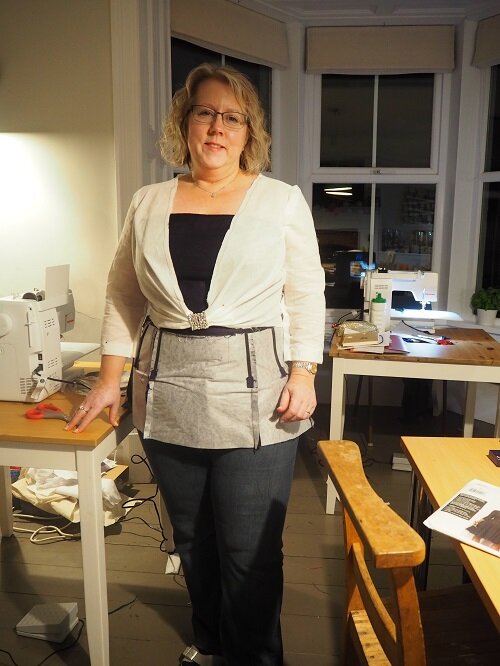
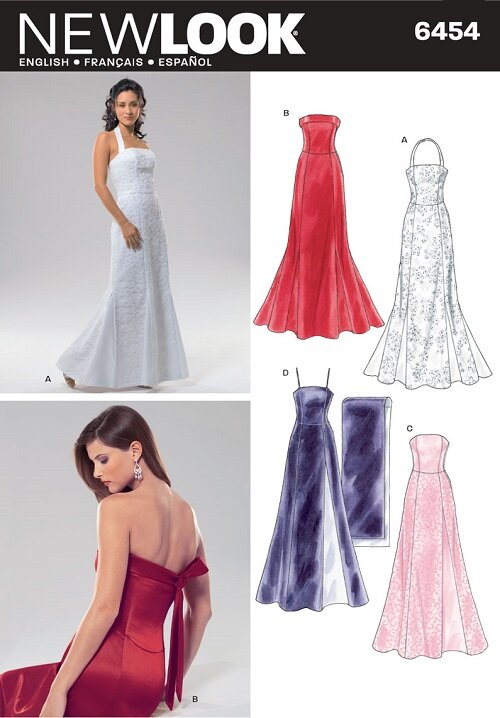
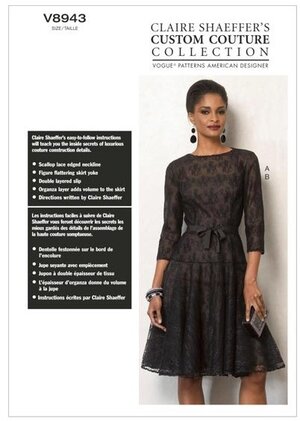
Silk dresses
Our students altered the NewLook6454 pattern by removing the shaped waist seam and adjusting to their measurements to create a boned hip length underbodice. They created the outer layer of the dress by layering silk and interlinings and adding a lined circular skirt. The more experienced student also created a lace coat using the circular skirt pattern she had created for her gown and adapting the bodice of the Vogue8943 pattern shifting the back opening to the front and plunging the neckline to a ruched waist fastening. Both these projects were part made and all fittings and alterations completed ready to finish sewing at home.
Trousers
Trousers have a reputation for being tricky to fit – this is sort of true! Combining an analysis of figure shape and understanding the method used to draft a trouser pattern it becomes much more straightforward. The measurement chart of this pattern suggested this stitcher make a size 16 garment but was what was actually needed was the size 10/12 with alterations. Studying key measurements on the pattern and the body we were able to redraft the pattern and make a toile that had a pretty good fit. Some minor tweaks to the toile and pattern and a second toile (perfect fit!) and she was ready to cut out the trousers in the proper fabric. She has since used the pattern and made design tweaks to create 3 more pairs of trousers.
If you fancy increasing your sewing confidence and understanding and work on something trickier than you would attempt at home on your own take a look at the details of this course here.


